Planning Kayak Trips During Drought or Floods
Kayaking in extreme water conditions like droughts or floods requires careful preparation to ensure safety and enjoyment. Here's what you need to know:
- Drought Risks: Low water levels expose rocks, debris, and steep banks, making navigation and access tricky. Water quality often declines due to concentrated pollutants.
- Flood Risks: Fast currents, floating debris, submerged landmarks, and cold water increase the danger. Health risks from contaminated water are also a concern.
- Key Safety Tips:
- Regional Factors: Conditions vary widely across the U.S., from droughts in the Southwest to floods in the Northeast. Local knowledge is essential.
-
Gear Essentials:
- For droughts: abrasion-resistant kayaks and shallow-water paddles.
- For floods: multi-chamber kayaks, rescue equipment, and waterproof communication devices.
The right planning, safety measures, and gear can help you navigate drought- and flood-affected waterways confidently. Always prioritize safety and know your limits.
Paddling on flooded rivers - avoid these hazards
Understanding Water Conditions: Drought vs. Flood
Drought and flood conditions create distinct challenges for kayakers, from navigating altered routes to selecting the right gear. These challenges vary widely across regions in the United States, requiring paddlers to adopt different safety measures and equipment based on local conditions. Let’s break down the specific hurdles posed by drought first.
What to Expect in Drought Conditions
Droughts lower water levels, revealing hazards that were previously submerged. Routes that were once navigable might now be blocked or require significant detours around newly exposed obstacles.
Shallow waters and slower currents demand extra caution. Underwater debris and rocks become more prominent, increasing the likelihood of snags or damage to your kayak. Even boarding or disembarking can be tricky due to receding banks and canal edges, which may create steep drop-offs.
"Low flows means there is less water to dilute effluent/runoff from surrounding land and sewage treatment works. Be aware lower levels of water quality can present a potential health hazard." - GoPaddling.info
Water quality often takes a hit during droughts. Reduced water volume concentrates pollutants, while warmer temperatures and intense sunlight encourage the growth of harmful algal blooms. Contaminants are less diluted, potentially making the water unsafe for contact.
In extreme cases, water sources may dry up entirely. For example, Comal Springs in Texas went dry in 2013. Droughts can also lead to dramatic reductions in streamflow. A 22% drop in precipitation can cause streamflow to decline by as much as 37%, with some California monitoring stations reporting reductions exceeding 75%.
What to Expect in Flood Conditions
Floods bring a completely different set of challenges. Strong, fast-moving currents can make paddling upstream nearly impossible and significantly reduce reaction time when traveling downstream. Precise control becomes much harder as the water’s speed increases.
Debris is another major concern during floods. Branches, logs, barrels, and other floating objects can appear suddenly, posing risks of capsizing or injury. Rising water levels may also submerge familiar landmarks like docks and boat ramps, complicating entry and exit.
Floodwaters often collect pollutants as they flow over land, introducing contaminants that can pose health risks. Submerged fences, walls, and other structures create additional hazards, increasing the risk of entrapment. Navigation becomes tricky when buoys and markers are displaced or damaged, and strong currents around obstacles can create unpredictable water movement.
Floodwaters are often cold - frequently below 70°F - which can lead to hypothermia. Wearing a wetsuit or dry suit is essential for staying safe in these conditions.
Regional Differences Across the United States
Flood and drought risks vary dramatically across the U.S., making local knowledge vital for planning safe kayaking trips. Shifting climate patterns have led to wetter conditions - and increased flood risks - in many Eastern states, while Western states are grappling with drier conditions, droughts, and wildfires.
- Northwest: Faces heat, flooding, and wildfires, with rapidly changing conditions.
- Southwest: Experiences extreme heat, drought, and wildfire threats, often resulting in critically low water levels during dry periods.
- Northern Great Plains: Deals with a mix of drought, floods, wildfires, and severe hailstorms.
- Southern Great Plains: Contends with heat, drought, and flooding - sometimes in quick succession.
- Southeast: Faces hurricanes, sea level rise, flooding, and extreme heat, making waterways unpredictable.
- Northeast: Endures extreme precipitation, flooding, and heat waves, which can quickly create hazardous paddling conditions.
- Midwest: Experiences extreme rainfall, heat, and drought, with flash floods posing sudden risks in hilly areas.
- Specialized regions: Alaska faces thawing permafrost and shrinking glaciers, while Hawaii and Pacific Islands grapple with sea level rise, drought, and extreme heat. Caribbean islands are particularly vulnerable to hurricanes, rising seas, and drought.
Next, we’ll explore how these conditions shape route selection and overall trip planning.
Route Selection and Trip Planning
Planning a kayaking trip starts with choosing the right route and gathering reliable, up-to-date water data. The quality of your preparation can make the difference between a smooth, enjoyable outing and a potentially dangerous situation.
Checking Water Levels with Official Resources
Tools like the USGS National Water Dashboard provide real-time data from over 13,500 monitoring stations across the U.S. Here, you can find current stream levels, lake conditions, and precipitation data, all displayed on an interactive map. Zoom into your planned kayaking area to check specific gauge readings.
For river-specific updates, NOAA's Climate.gov offers detailed observations and forecasts for river levels. These tools not only show current conditions but also help predict what to expect in the coming days. This is especially helpful when planning trips after storms or during spring snowmelt, as both NOAA and USGS provide resources to track potential flooding risks.
USGS updates streamflow data every 15 minutes, with over 7,000 streamgages refreshed every 1–4 hours. While this ensures nearly real-time accuracy, remember that this data is provisional and subject to later revisions. For added safety, USGS WaterAlert can send notifications when water conditions change at your chosen locations.
Additionally, NOAA's National Water Prediction Service offers multi-day river forecasts, helping you plan ahead with confidence.
Once you've gathered water data, use it to identify potential hazards along your route and make informed decisions about your trip.
Identifying and Avoiding Dangerous Areas
Choose routes that align with your skill level. Beginners should stick to calm, nearshore waters, while even seasoned paddlers should avoid high-level rivers without proper whitewater training. Pay close attention to environmental factors like water temperature and wind conditions, as these can directly impact your safety.
Before committing to a route, scout for hazards like rapids, eddies, and strainers (fallen trees or other debris). Hydraulics can trap your kayak, so if you're unsure about a rapid or obstacle, it's safer to exit your kayak and inspect the area on foot rather than taking unnecessary risks.
Wind direction is another critical factor, especially for your return trip. Paddling against strong headwinds can be exhausting, so plan routes that either take advantage of prevailing winds or offer sheltered alternatives if conditions worsen.
Evaluate your access points carefully. During extreme conditions, rising floodwaters can submerge familiar docks and boat ramps, while droughts might leave launch areas unusable with steep, unstable banks. Always identify multiple exit points, especially in remote areas where help may be far away.
Lastly, never paddle alone when water levels are significantly above or below normal. Using the buddy system ensures someone is there to spot hazards or assist in emergencies.
Parking and Vehicle Security Considerations
Extreme conditions can also affect parking and launch areas. Flooded or unstable parking lots can complicate your trip, so scout these locations in advance. Check with local authorities to confirm there are no temporary access restrictions.
Plan for emergency communication by identifying areas along your route with reliable cell phone coverage. In areas with poor signal, carry backup communication devices to ensure you can call for help or update your contacts if needed. Quick communication is essential when dealing with rapidly changing conditions.
Safety Measures for Extreme Water Conditions
When dealing with extreme water conditions, sticking to safety protocols and staying alert are non-negotiable.
Core Safety Practices
Always wear a USCG-approved life jacket. According to the US Coast Guard, there were 4,145 boating accidents and 151 paddle sport fatalities in 2018. Many of these tragedies happened when life jackets were available but not worn. Florida kayaker Corey DeHays Wheeler shared a sobering experience:
"I had a PFD in my boat and we got into bad weather/waves unexpectedly. I kept trying to put the life jacket on, but every time I stopped paddling my boat would spin like a top and start tipping. I wasn't able to put it on safely, so now I wear an inflatable."
Never paddle alone in extreme conditions - use the buddy system. A paddling partner can be a lifesaver when unexpected challenges arise, like navigating exposed rocks during drought or avoiding fast-moving debris in floods. If you must paddle solo, make sure someone knows your route and expected return time.
Carry waterproof communication devices and keep them within reach. For longer trips, a VHF radio is ideal, while waterproof cell phones work for shorter outings within signal range. Ellie Jackson from Plan B Charity highlighted the risks of inadequate communication:
"It was winter, he had no dry suit, his phone was in his back hatch and he didn't have a VHF or PLB. Had he been carrying either one of these or had his phone on a lanyard, he would still be with us today."
Master self-rescue techniques before you need them. Extreme conditions are not the time to figure out how to re-enter your kayak after capsizing. Regular practice in controlled settings ensures you're ready when it matters most.
Know your limits and don’t push beyond them. Even familiar routes can become treacherous during extreme conditions. For example, a drought might turn a calm river into a maze of exposed rocks and shallow channels requiring advanced paddling skills.
Protecting the Environment
Looking after the environment goes hand in hand with safe kayaking. Extreme conditions can heighten the vulnerability of waterways, so your actions matter.
Avoid dragging your kayak across exposed riverbanks during droughts. This can worsen erosion and damage fragile vegetation.
Respect wildlife habitats, especially during extreme conditions when animals are under stress. Droughts often force wildlife to gather near limited water sources, while floods can displace animals into unexpected areas along your route.
Be cautious of poor water quality. Droughts can concentrate pollutants and algae, while floods can sweep contaminants from urban or agricultural areas into the water. Steer clear of discolored or foul-smelling water, and avoid drinking from natural sources.
Choose routes that minimize environmental impact. During droughts, stick to deeper channels to avoid disturbing aquatic life in shallow areas.
Handling Sudden Weather Changes
Extreme water conditions often come with unpredictable weather shifts, making preparation and vigilance essential.
Check the weather forecast before heading out and monitor conditions throughout your trip. Wind updates are especially important, as strong gusts can create dangerous situations even on calm waters.
Share a detailed float plan that includes your route, estimated duration, and exit points. This plan can be crucial if you encounter trouble.
Dress in adjustable, layered clothing to handle sudden temperature changes. Extreme conditions often bring fluctuating temperatures. Pack extra sun protection for droughts, where natural shade may be scarce.
Stay hydrated and nourished to keep your energy up during challenging conditions.
Know when to turn back or seek shelter. If conditions worsen beyond your skill level or comfort zone, prioritize safety over adventure. As Heroes on the Water puts it:
"Kayaking during inclement weather requires extra caution and preparation. By staying informed, dressing appropriately, and knowing your limits, you can enjoy your time on the water while staying safe. Prioritize safety over adventure – the water will always be there for you on a better day."
sbb-itb-2bb67b7
Gear Recommendations for Drought and Flood Scenarios
The right gear can mean the difference between a safe outing and a risky one. Your equipment needs will vary greatly depending on whether you're dealing with shallow, rocky drought conditions or navigating swift, debris-filled floodwaters.
Gear for Drought Conditions
For drought conditions, portability and durability are key. Lightweight kayaks, like the Sea Eagle FastTrack™, make it easier to carry your gear over exposed rocks and shallow areas without sacrificing performance.
Shallow-water paddles are a must when maneuvering through tight, rocky spaces. Standard paddles can get damaged in these conditions, so opt for models with reinforced blades and shorter shafts for better control in confined areas.
Durable hull materials are essential when scrapes with rocks are inevitable. Inflatable kayaks made from materials like Hypalon, PVC, or Nitrilon are built to withstand impacts that would damage standard kayaks. For instance, the Sea Eagle 330 Portable Kayak, priced at $379.00, balances durability with portability, making it ideal for these scenarios.
Emergency lighting is another critical item. Bring standard navigation lights for visibility and consider packing pinpoint or parachute flares for emergencies.
Gear for Flood Conditions
Flood conditions demand gear that prioritizes visibility and safety. High-visibility clothing, featuring bright colors or reflective materials, ensures you're easier to spot in murky water or poor weather.
Key safety equipment includes throw bags, rescue ropes, and a paddle leash to secure your paddle against strong currents. Stability is also crucial. Multi-chamber kayaks, like the Sea Eagle Explorer series, provide extra buoyancy even if one air chamber is punctured by debris.
Communication tools are vital when cell service is unreliable. Equip your kayak with waterproof VHF radios or satellite communicators to stay connected in rapidly changing flood conditions.
Don't forget essentials like first-aid kits and bilge pumps. Floodwaters can carry contaminants, increasing the risk of infections, so a well-stocked first-aid kit is a must. Bilge pumps help you remove water that gets into your kayak, keeping it stable and safe.
Why Inflatable Kayaks Shine in Both Scenarios
Inflatable kayaks are a versatile choice for both drought and flood conditions. Take the Sea Eagle Razorlite series, for example - it combines portability with high performance, making it perfect for unpredictable water levels.
Their wider base offers superior stability in rough waters, whether you're dodging debris in a flood or navigating tight spaces in drought conditions. Plus, inflatable materials are more forgiving than hard-shell kayaks, flexing to absorb impacts rather than cracking from repeated collisions with rocks.
Portability is another major advantage. Inflatable kayaks pack down into compact bags, making them easy to carry over long portages during droughts or to launch from unconventional spots during floods. The Sea Eagle 385ft FastTrack™, priced at $999.00, comes with everything you need, including a hull, paddle, seat, carry bag, hand pump, and repair kit.
Inflatables also offer a higher weight capacity, allowing you to carry extra safety gear or supplies for extreme conditions. Whether you're packing rescue equipment or additional essentials, these kayaks can handle heavier loads better than many hard-shell models.
From their damage resistance to their quick setup, inflatable kayaks are a practical and reliable option for tackling both drought and flood scenarios.
Comparison: Kayaking During Drought vs. Flood
Knowing the differences between kayaking in drought and flood conditions can help you make smarter decisions about when and where to paddle. Each situation comes with its own set of challenges and opportunities that affect your safety, navigation, and overall experience. Here's a breakdown of the key contrasts between the two:
Side-by-Side Comparison Table
| Aspect | Drought Conditions | Flood Conditions |
|---|---|---|
| Water Access | Limited access points due to low water levels; longer carries needed to reach the water | Access points may be submerged or inaccessible due to high water and strong currents |
| Route Navigation | Restricted water routes with exposed obstacles; shallow areas may become impassable | Altered routes with faster flow, submerged hazards, and potential for disorientation |
| Primary Safety Risks | Risk of getting stranded in shallow waters | Swift currents, floating debris, submerged trees, and heightened risks at lowhead dams [17] |
| Visibility Conditions | Clearer water, making hazards easier to spot | Muddy, churning water with hidden dangers |
| Trip Planning | Stable conditions allow for more flexible planning | Rapidly changing conditions require constant monitoring and quick decisions |
These differences highlight the need for tailored safety measures and planning strategies depending on the situation. For example, during droughts, you might face lengthy portages over rocky terrain to access water, while in floods, launch sites could be submerged, and swift currents may complicate navigation.
Route predictability also varies significantly. In drought conditions, routes tend to be stable, with obstacles remaining visible and consistent. Floods, however, bring rapidly changing water levels and currents, making continuous assessment and adaptation essential.
Safety is perhaps the most critical factor. The Ohio Department of Natural Resources advises against paddling on streams where water spills out of the banks, warning that "high water causes hazards, such as lowhead dams, to become even more dangerous" [17].
Preparation is key in both scenarios, but floods demand a higher level of expertise and readiness. Wearing a personal flotation device is non-negotiable - most drowning incidents each year involve paddlers who weren't wearing one. Whether you're navigating drought-stricken rivers or swollen waterways, the right gear and careful planning can make all the difference.
Conclusion: Preparing for Safe and Enjoyable Kayak Trips
When it comes to extreme water kayaking, your experience hinges on three key factors: preparation, safety, and choosing the right gear. Whether you're navigating drought-stricken streams or rivers swollen by floods, these principles remain the backbone of a successful and memorable adventure.
Preparation is what separates safe paddlers from risky ones. Always check weather and water conditions ahead of time, and create a detailed float plan. Share that plan with someone who isn’t joining you on the trip for added security. Flexibility is just as important - being willing to adjust your route or postpone your trip when conditions seem unsafe isn’t a sign of weakness; it’s a sign of good judgment. Careful preparation ensures you're ready to handle whatever challenges the water throws at you.
Safety should never be an afterthought. Always wear a personal flotation device, no exceptions. Dress appropriately for the weather using waterproof and insulating layers, and pack emergency gear designed for wet environments. Stay vigilant about changing water levels and currents, especially after heavy rainfall, when conditions can shift unexpectedly.
Your gear plays a crucial role in how well you handle extreme conditions. For floods, waterproof bags, reliable communication devices, and high-visibility clothing are essential. In drought conditions, abrasion-resistant equipment can withstand rougher terrain. Inflatable kayaks, like those from Elemental Sports, offer a perfect mix of portability and durability - ideal for adapting to changing access points.
The secret to enjoying extreme water conditions lies in respecting the power of nature and being fully prepared for its challenges. Know your limits, trust your instincts, and don’t hesitate to exit the water if things take a turn for the worse. With solid planning, strict attention to safety, and dependable gear, you can confidently explore even the most challenging waterways. Stick to these principles, and you'll be ready to embrace extreme conditions with both caution and confidence.
FAQs
What type of kayak is best for drought or flood conditions?
Choosing the right kayak largely depends on the water conditions you're dealing with. During droughts, when water levels drop, a narrow and streamlined kayak - like a touring or inflatable model - is your best bet. These kayaks are easier to navigate through shallow or confined spaces and can handle obstacles more efficiently.
In contrast, if you're kayaking in flood conditions, stability and safety should be your top priorities. A wider kayak, such as a sit-on-top or recreational design, is better suited for fast-moving or unpredictable waters. These models provide more balance and reduce the chances of tipping over, making them a safer choice in rougher conditions.
For those who need something lightweight and portable, inflatable kayaks - like the ones from Elemental Sports - offer a great mix of convenience and performance, making them versatile for different water environments.
What safety precautions should I follow when kayaking in areas affected by droughts or floods?
When kayaking in areas affected by droughts or floods, safety should always come first. Start by checking the latest water conditions and weather forecasts before heading out. During droughts, be mindful of exposed rocks, shallow areas, and debris that could damage your kayak or lead to injury. If you're dealing with flood conditions, it’s best to avoid kayaking altogether - fast-moving water and unpredictable currents can be extremely hazardous.
Always wear a U.S. Coast Guard-approved life jacket, and make sure to bring essential safety gear like a whistle, bilge pump, or bailer. Dress for the water temperature and weather, not just the air temperature, and stick to routes that match your skill level. Share your float plan with someone reliable, and stay alert for submerged obstacles like fallen trees or other debris. With careful preparation and a cautious approach, you can navigate these challenging conditions more safely.
How can I find accurate, real-time water conditions for kayaking during droughts or floods?
To stay safe while kayaking in challenging conditions like droughts or floods, it’s crucial to rely on real-time water data from trustworthy sources. Apps such as Windy give you wind and water forecasts, while Tide Near Me specializes in accurate tide predictions. For rivers, RiverApp is a great choice for monitoring current water levels and flow rates. These apps pull data from credible agencies, helping you plan wisely and prioritize safety.
Before heading out, always double-check the local conditions. It’s also a good idea to invest in reliable gear, like inflatable kayaks from Elemental Sports, which are built to handle a variety of water environments with ease.




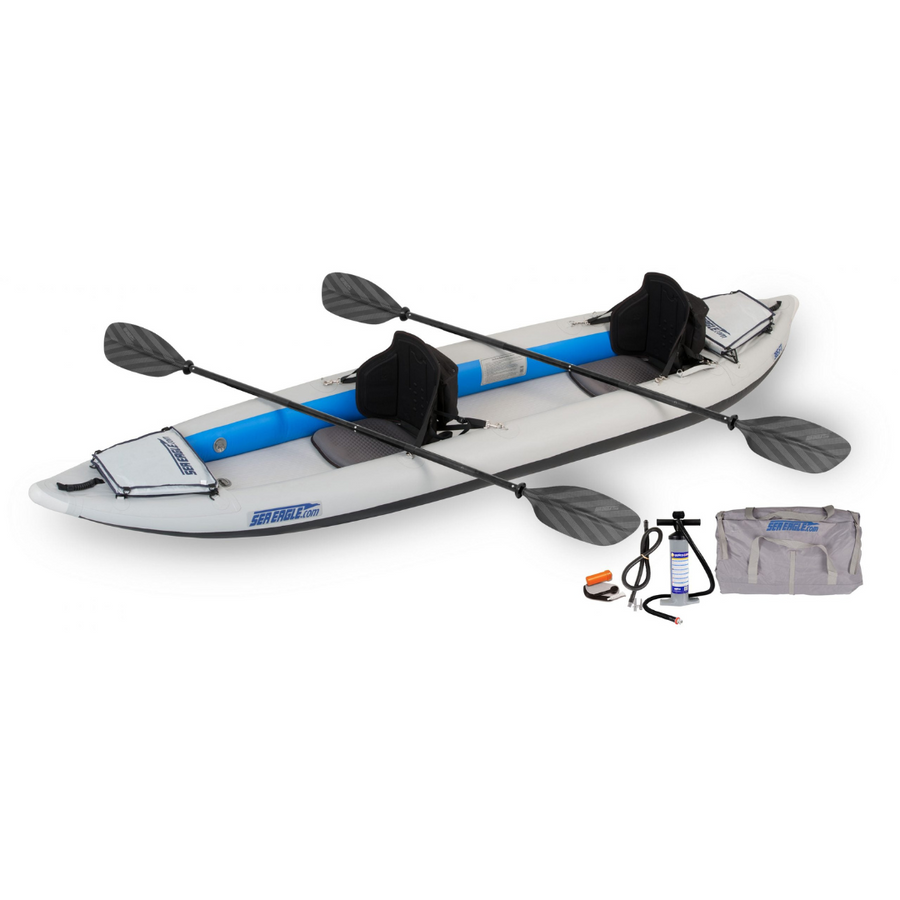
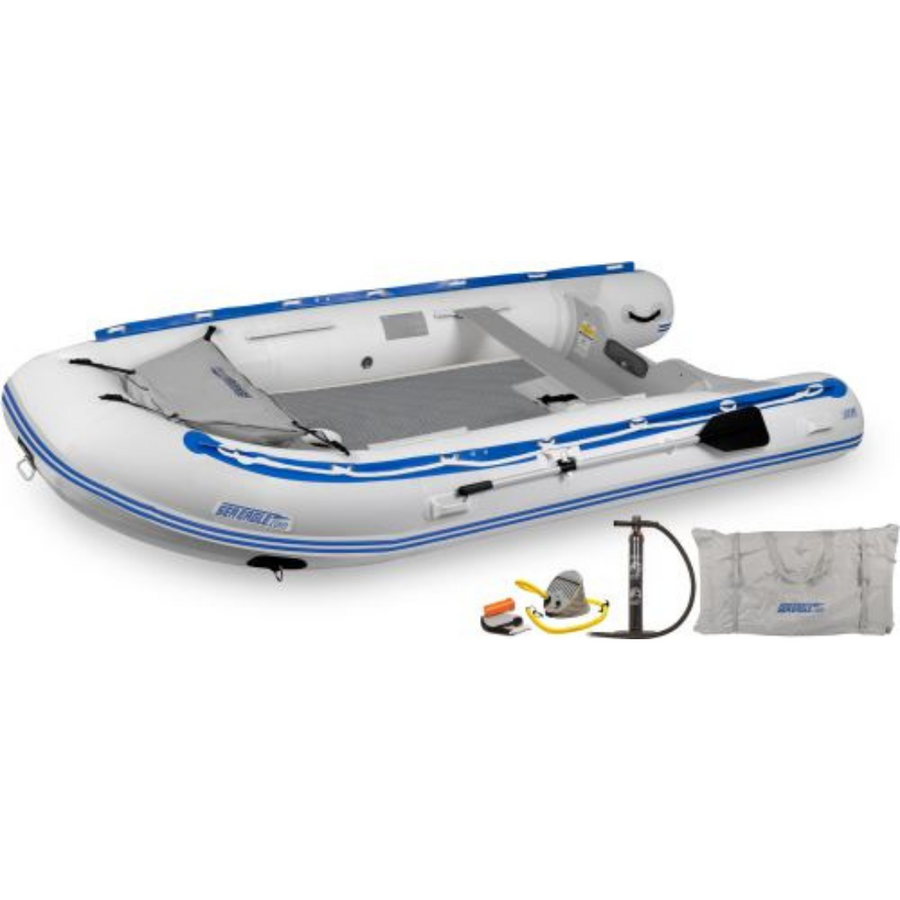
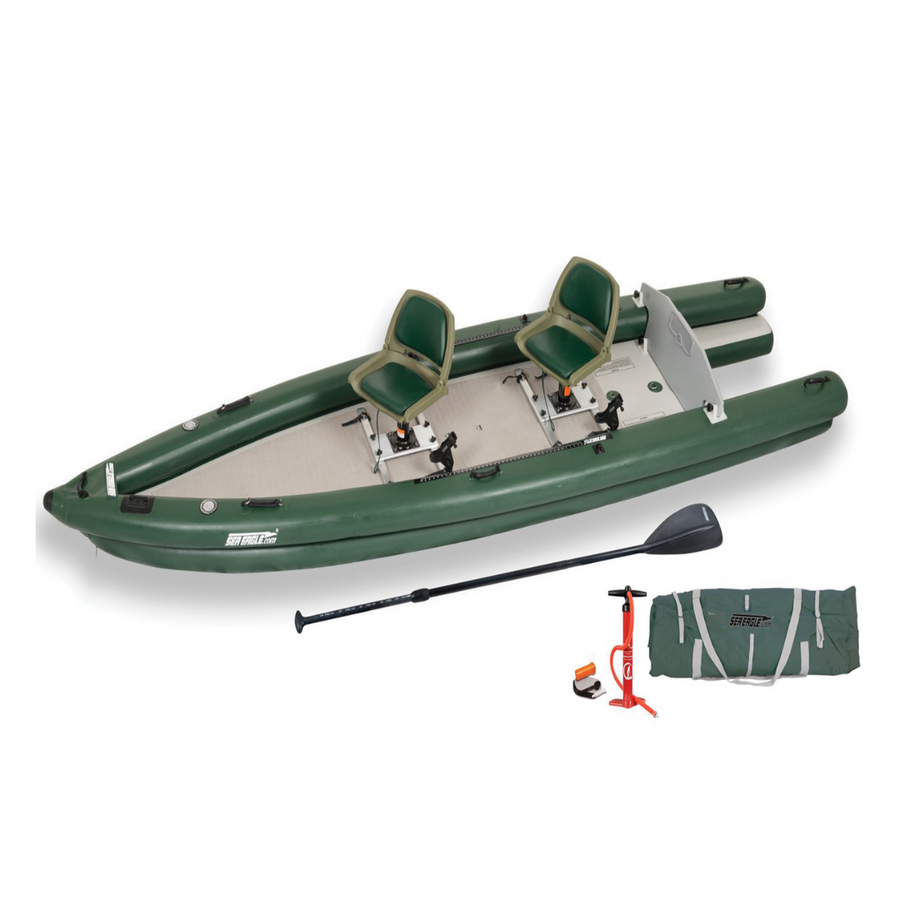
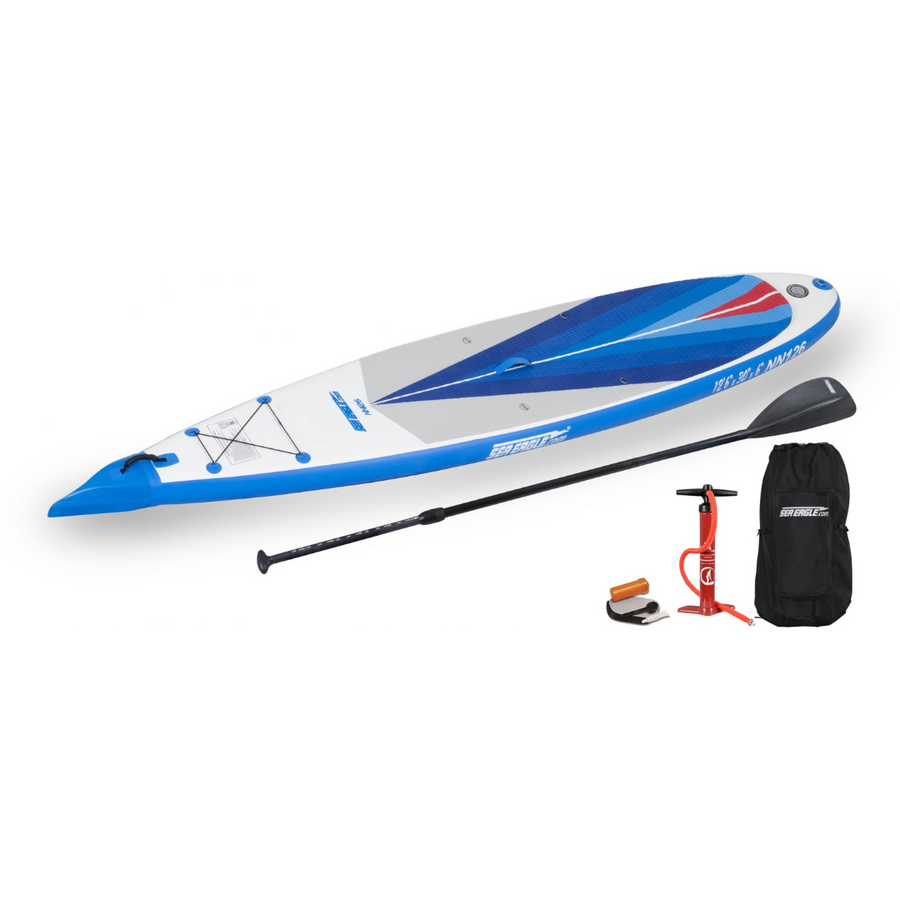
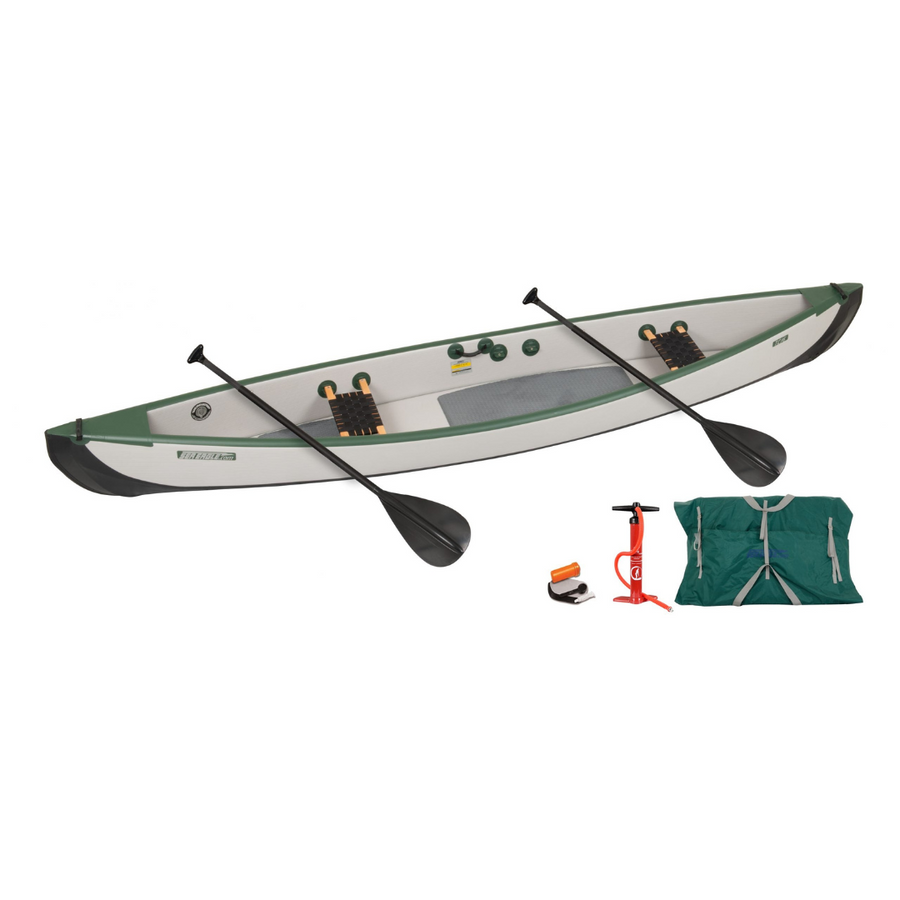
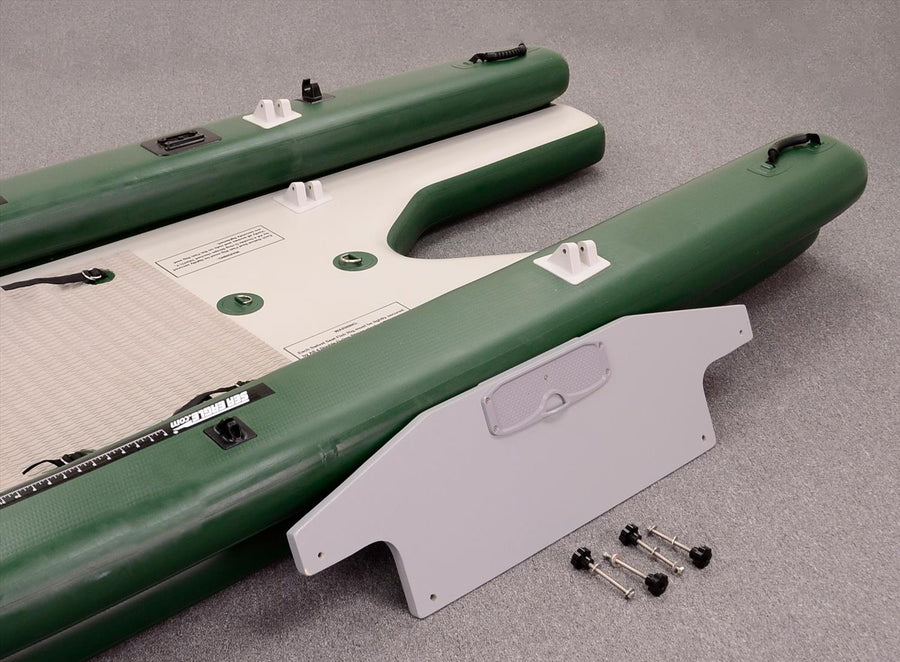
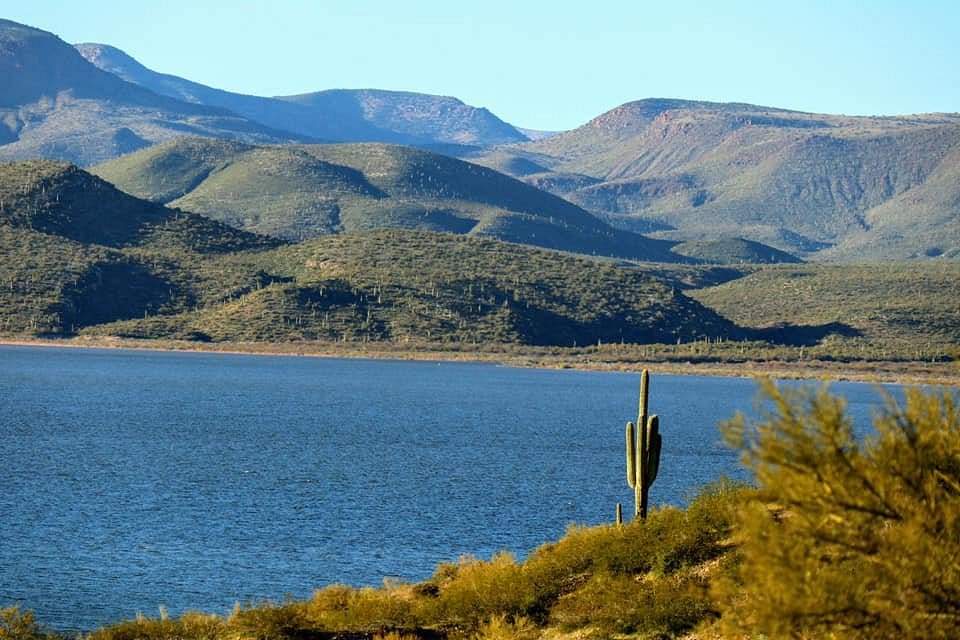

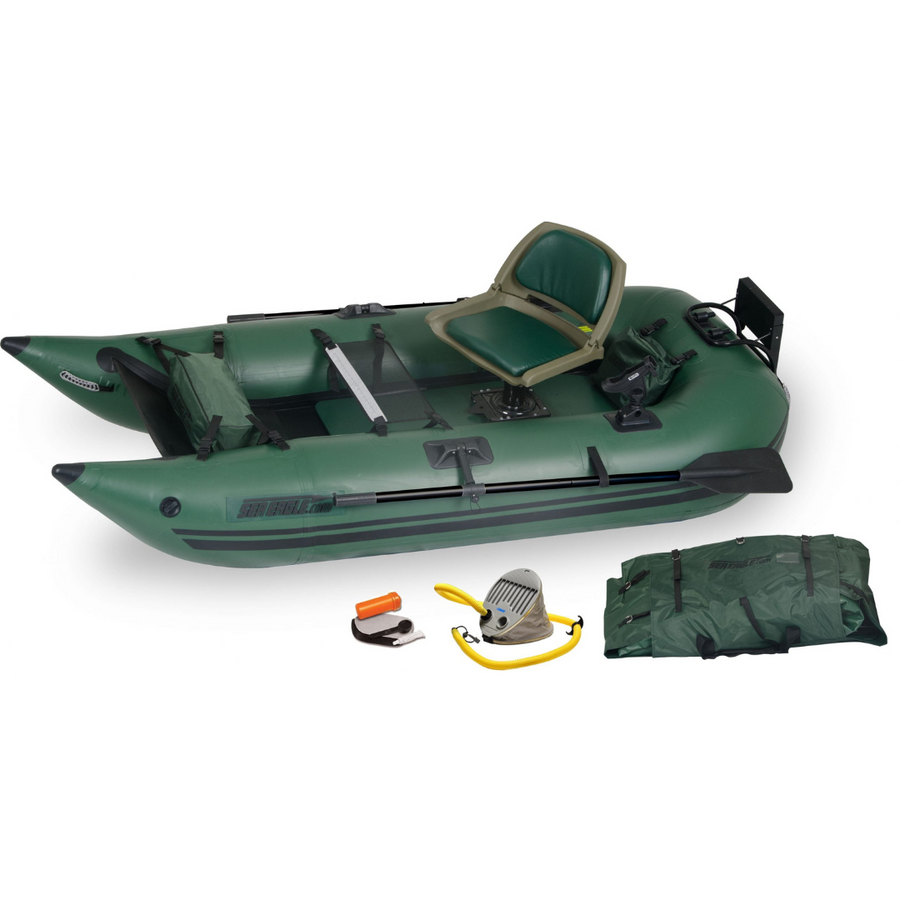
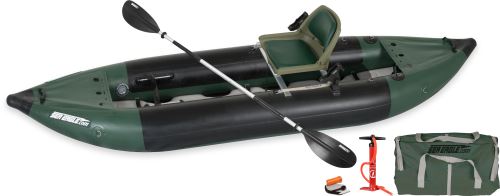
Leave a comment